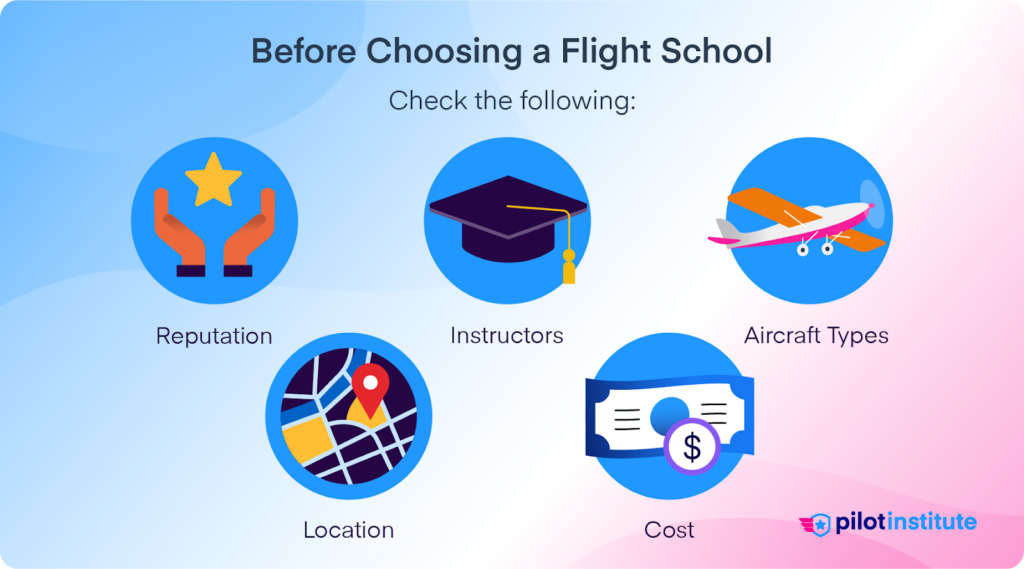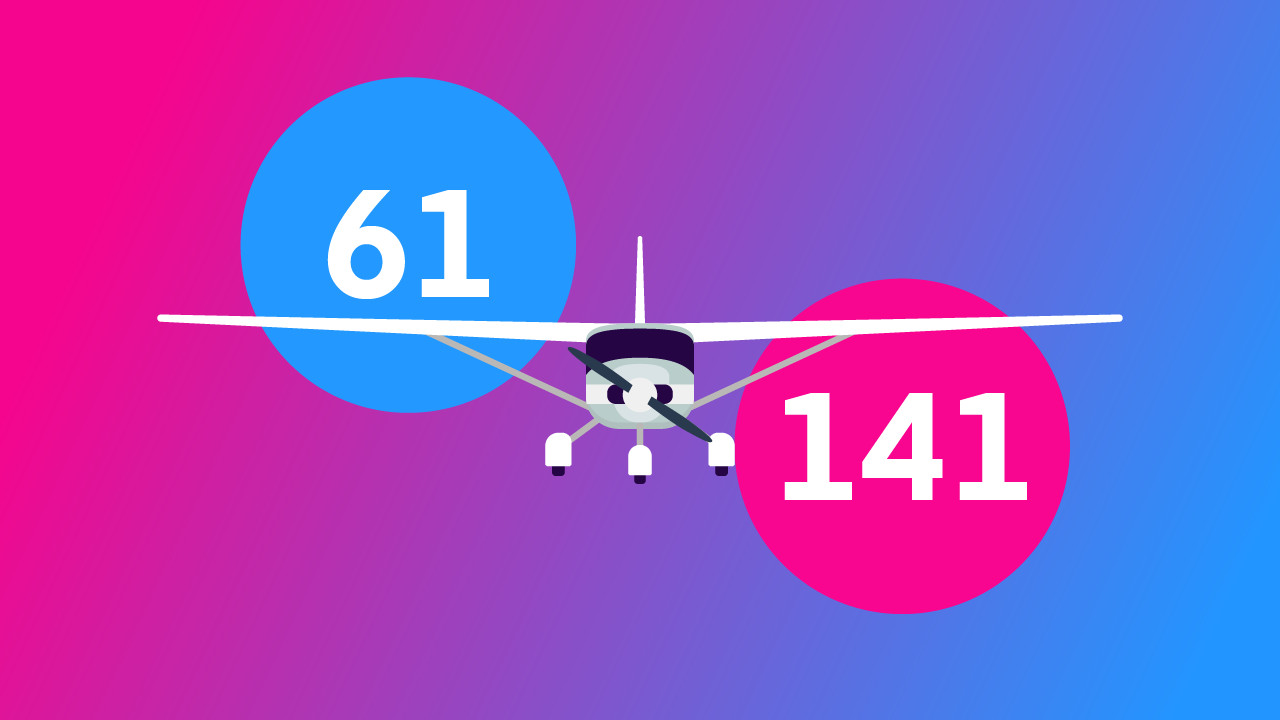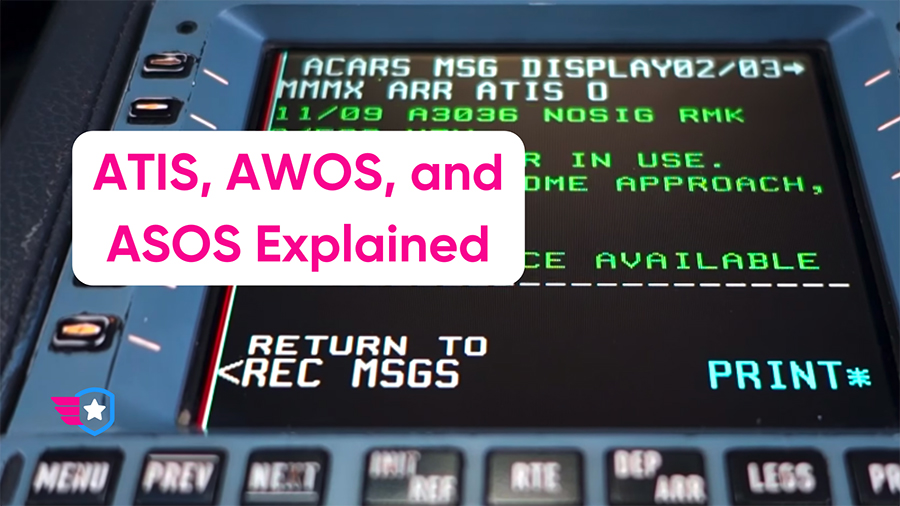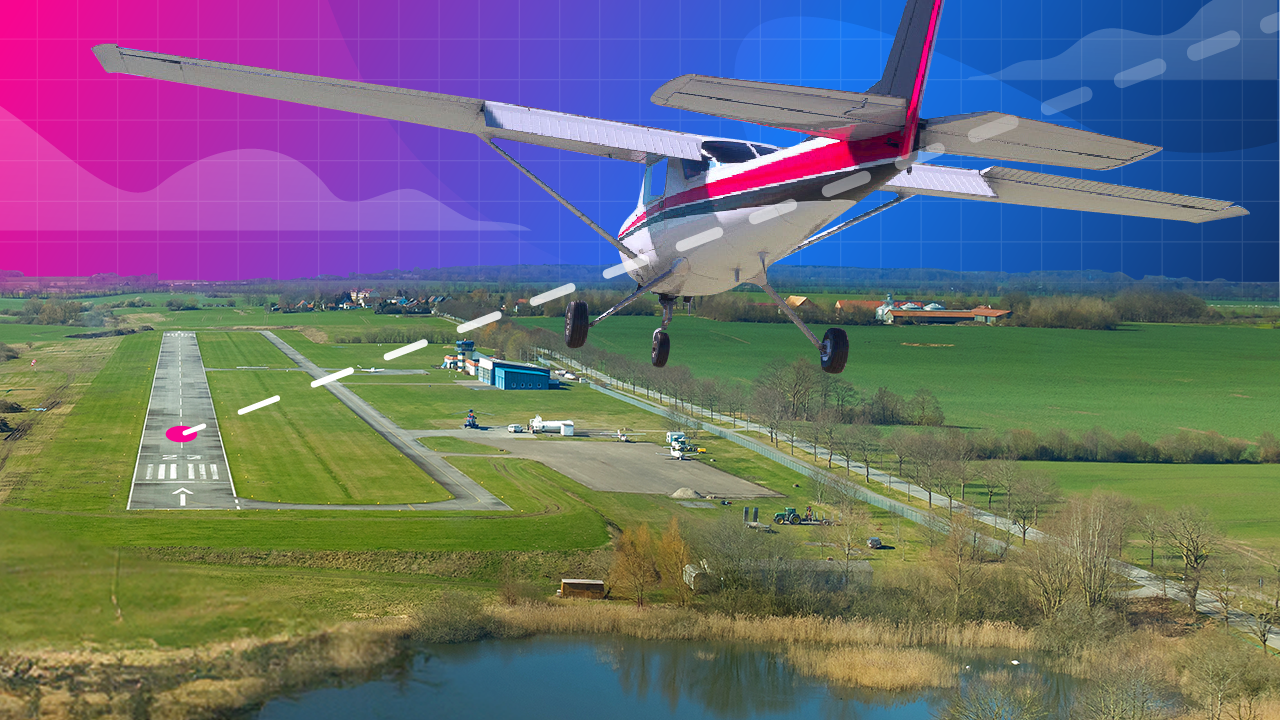As a future pilot, you’re bound to come across the “Part 61 vs Part 141” quandary when you start researching pilot schools.
Both sound a lot like Area 51, right?
While that’d be exciting, those two aren’t highly classified US Air Force facilities.
Actually, they designate different types of flight schools.
The FAA permits flight schools to operate under either part.
What does that mean? What’s the difference between them? Which one is better?
Let’s find out.
Key Takeaways
- Part 61 offers flexible scheduling and a personalized training program.
- Part 141 provides a structured curriculum and often lower minimum flight hours.
- The minimum flight hours required for a CPL are higher in Part 61 than in Part 141.
- Veterans can use GI Bill benefits at Part 141 schools but not at Part 61.
- Transferring between programs is easier from Part 141 to Part 61 than vice versa.
What Are Part 61 and Part 141?

To get a better picture, let’s start with the Code of Federal Regulations or CFR.
The CFR is a collection of the general and permanent rules published by federal departments and agencies in the Federal Register.
Of the 50 titles that make up the CFR, Title 14 has the federal regulation governing aeronautics and space.
Title 14 contains the Federal Aviation Regulations, or FARs, which regulate all aviation activities in the United States.
The FARs comprise parts, or sections, each regulating a certain aspect of aviation. These include aircraft design, maintenance procedures, and of course, pilot training.
Part 61 sets the rules for certifying pilots and flight and ground instructors. It covers who can qualify, what knowledge they need, and the minimum flight hours for different pilot licenses.
Part 141 sets the rules for pilot school certificates and the pilot training requirements for schools following this part.
The FAA lets pilot schools operate under either Part 61 or Part 141. Both offer the same quality of training, but they differ a lot in their style of flight instruction and other details.
What’s the Difference Between Part 61 and Part 141?

| Part 61 | Part 141 |
| Flexible schedule. | Rigid timetable. |
| Customized training program. | Structured training curriculum. |
| Minimum of 40 hours to PPL. | Minimum of 35 hours to PPL. |
| Minimum of 50 hours of cross-country flight for IFR. | No minimum cross-country flight time for IFR. |
| Minimum of 250 hours to CPL. | Minimum of 190 hours to CPL. |
| Can be more expensive (depending on the flight school). | Cost-effective for full-time students. |
On the surface, the minimum hours to obtain pilot licenses seem like a significant distinction between Part 61 and Part 141. However, that’s only one of many differences between the two.
What distinguishes Part 61 from Part 141?
Flexibility
Without a fixed syllabus, Part 61 provides more flexibility to students as they can adjust the training program to fit their needs and goals.
Conversely, Part 141 flight schools feature structured courses with predetermined schedules. Therefore, student pilots haven’t got much of a leeway.
Training
Part 141 pilot schools need an FAA-approved curriculum with classrooms, certified instructors, and set lesson plans. In contrast, Part 61 flight schools don’t have to meet these requirements.
In Part 141 schools, you must also pass stage checks, which measure students’ proficiency at each stage of training. The FAA doesn’t require stage checks for pilot schools operating under Part 61.
Time Frame
In Part 61 schools, getting your pilot license mostly depends on your schedule and how quickly you can make progress.
Your flight instructor will use his or her judgment to deem you ready for a checkride, or practical test. Because of this, the duration of training varies greatly from one person to another.
In Part 141, however, you need to pass stage checks and course tests before getting your license. As students who enroll in Part 141 schools almost always start training as a group, most tend to complete it around the same time.
Minimum Flight Hours
Part 141 schools have lower flight time requirements than Part 61 schools for pilot licenses because they go through a strict approval process and regular checks by the FAA.
In Part 141, you need at least 35 flight hours to apply for a private pilot license (PPL), while Part 61 requires a minimum of 40 hours. This difference is small, especially since most people end up needing about twice as many hours as these minimums to become a private pilot.
The difference is hardly trivial when it comes to your commercial pilot license, or CPL, though.
Part 141 requires at least 190 flight hours for the CPL, while that minimum goes up to 250 hours in Part 61. Be careful, Part 141 schools tend to charge more per flight hour so you might still end up with the same cost with fewer hours in your logbook.
Cost
With lower flight time requirements, Part 141 schools tend to cost less on paper when you pursue a commercial license.
Do the math and be realistic. If a Part 61 school costs less for 250 hours than a Part 141 school for 190 hours, go with the route that gives you more experience and flight time.
Service members, veterans, and their families can use the GI Bill to help pay for education or job training. Keep in mind that you can only get tuition assistance if you enroll in a Part 141 flight school.
However, you can often negotiate aircraft rental and your instructor’s rate at a Part 61 school. Moreover, unlike Part 141, you don’t have to pay for the ground school.
The training cost in either type of pilot school also depends on the school’s reputation, state of aircraft, and even location.
Part 61 or Part 141?

It depends.
The number one factor is your goal. Do you want to become an airline pilot or do you want to fly for fun?
Your availability also plays a key role in deciding between the two.
Part 141 pilot schools offer structured training, which suits full-time students with an aviation career in mind. In contrast, Part 61 schools give you the flexibility to train at your own pace with a personalized program.
Before choosing a flight school, it’s a good idea to consider the following:
- Reputation – Check the school’s reviews online, ask for recommendations, and even visit the facilities yourself.
- Instructors – Know your potential flight instructor’s experience, credentials, and track record.
- Aircraft – Find out the school’s aircraft types, age, and state.
- Location – Pick a place with good weather all year round, if possible.
- Cost – Compare different schools, ask about hidden fees, and see whether the school offers training packages.
Whichever type of school you choose, you should consider enrolling in a quality online ground school. Online ground schools can give you access to instructors, videos, and resources at a fraction of the cost of a regular ground school.
Your choice of pilot school and instructor determines the quality of your flight training. Choose wisely.
One More Thing To Consider
There is a possibility that you might start your training at one flight school and later transfer to another. In this case, be aware of the difficulty of transferring to and from a Part 141 school.
The FAA only allows Part 141 schools to give up to 25% credit (aka flight hours) to students coming from Part 61 schools. The FAA also only allows up to 50% credit to be transferred between Part 141 school.
This is primarily due to the strict training curriculum that is approved for each school by the FAA.
Moving from a Part 141 school to Part 61 is a lot easier, no credit limit!
Conclusion
The choice between a Part 61 or Part 141 flight school comes down to your goals, schedule, and learning preferences.
If flexibility and a personalized approach suit your lifestyle, Part 61 may be up your alley. For a structured path geared toward an aviation career, Part 141 might be the better option.
Each path offers quality training, so make sure to select the program that best aligns with your path.



